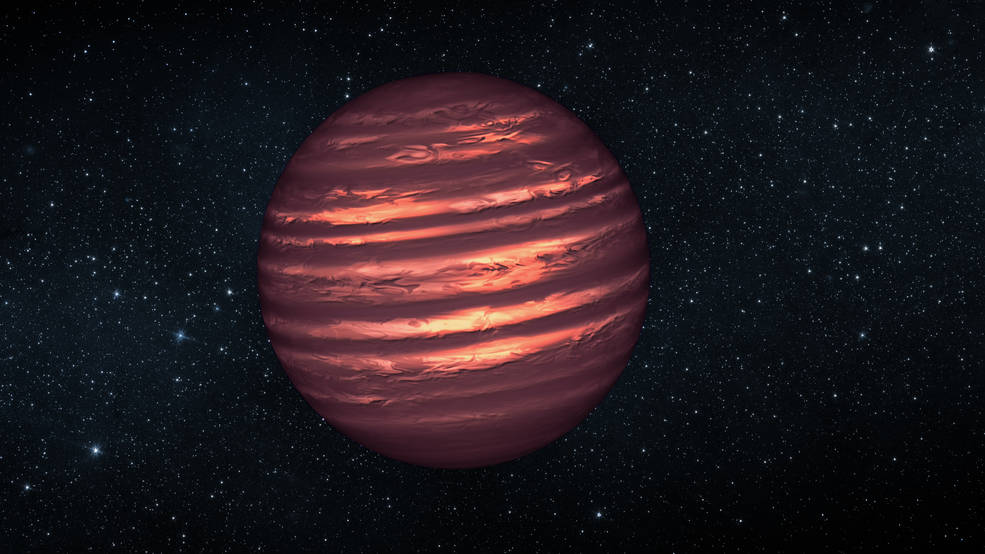Zooniverse brings out the best of the internet - it leverages the skills of average people to perform scientific feats that would be impossible otherwise. One of the tasks that a Zooniverse project called Backyard Worlds: Planet 9 has been working on has now resulted in a paper cataloguing 525 brown dwarfs, including 38 never before documented ones.
Brown dwarfs are a type of sub-stellar object - basically they didn't have enough mass to start nuclear fusion and become a star, but they are much larger than a typical exoplanet. Since they don't emit their own light, they are notoriously difficult to detect except with the most sensitive telescopes.
Those telescopes include a variety run by both NSF and NASA, including the DESI Legacy Imaging Survey, which blends images from several different sources, the Victor M. Blanco 4-meter Telescope, and the Spitzer Space Telescope. These were spun together using Astro Data Lab, a tool of the NSF's NOIRLab’s Community Science and Data Center. The composite data was then provided to the more than 100,000 volunteers that are members of Backyard Worlds: Planet 9. Originally the collaboration resulted in the discovery of over 100 new brown dwarfs last year. Now it has found another 65, and there are most likely more hiding in the reams of data already collected.
Scientists have long looked to brown dwarfs as excellent test cases for both star and planet formation. The more we understand about these unique objects the better we can understand their bigger and smaller cousins. Which is why having a catalogue of 525 of them is a major achievement. What's more, the research team, led by J. Davy Kirkpatrick of CalTech, took the distance data collected about the brown dwarfs and created a 3D map of their location in relation to the Earth.
Video of the 3D map scientists have created of the nearby Brown Dwarfs.Credit: NASA/ Jacqueline Faherty (American Museum of Natural History) / OpenSpaceThe map extends to approximately 65 light years away from the Earth, and provides a spectacular visualization of the population of brown stars closest to Earth. According to the paper's authors, it also provides evidence for an "intriguing" data point: that the area within a 7 light year bubble around Earth has a much more varied population of objects than the rest of the galaxy. Red dwarfs are the most common type of star in the Milky Way, but around the Sun there's a cornucopia of different stellar sizes, ranging from sun-like stars to the smaller brown dwarfs that were the center of this study.
What that uniqueness might mean for stellar or planetary formation in our local neighborhood is still unclear. But if there's one thing that can be certain with the continued success of Zooniverse is that as long as there is data to be analyzed, there will be a willing group of citizen scientists to comb through it, as well as professional researchers to help lead them.
Learn More:
NSF: Mapping Our Sun’s Backyard
NASA: Citizen Scientists Help Create 3D Map of Cosmic Neighborhood
Space.com: Citizen scientists create 3D map of brown dwarfs in our sun's neighborhood
UT: Brown dwarf discovered with a radio telescope for the first time
 Universe Today
Universe Today

